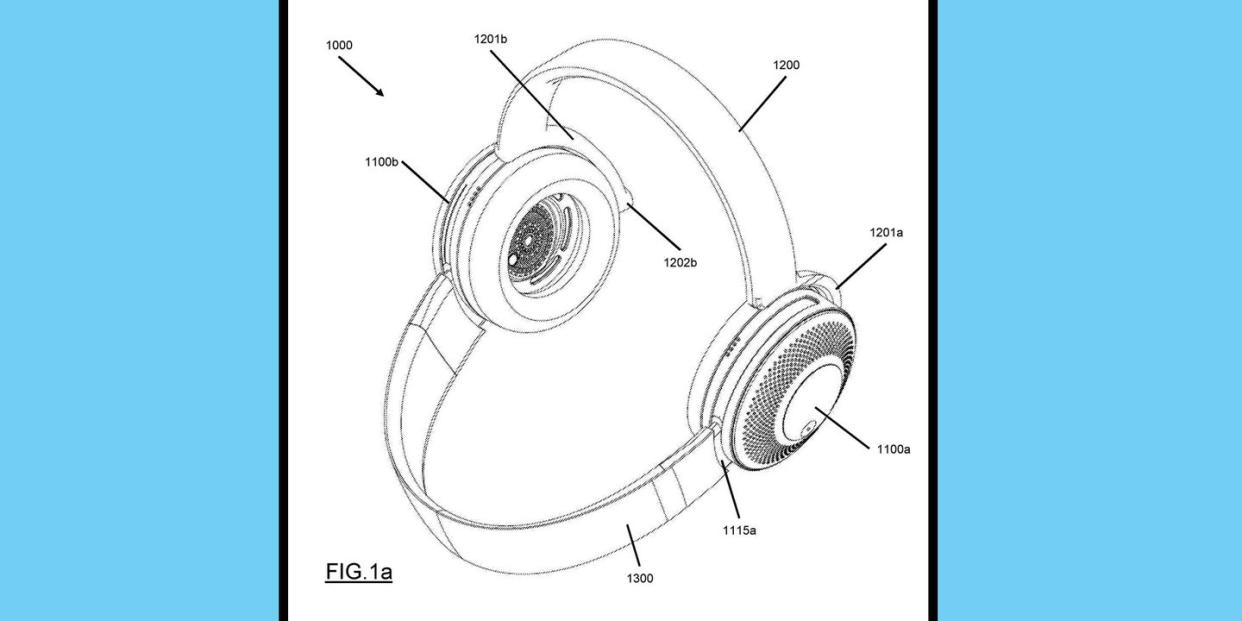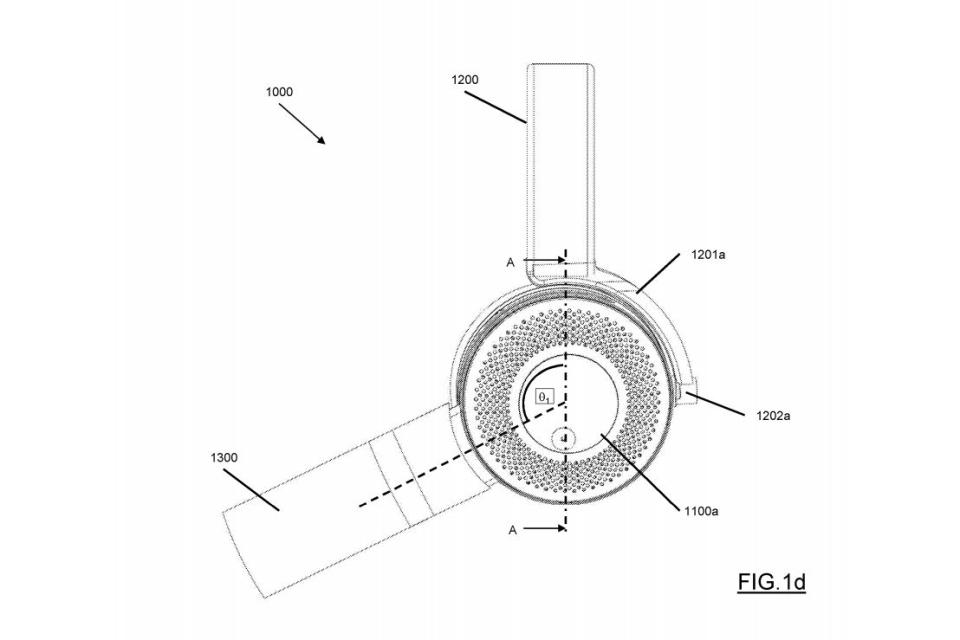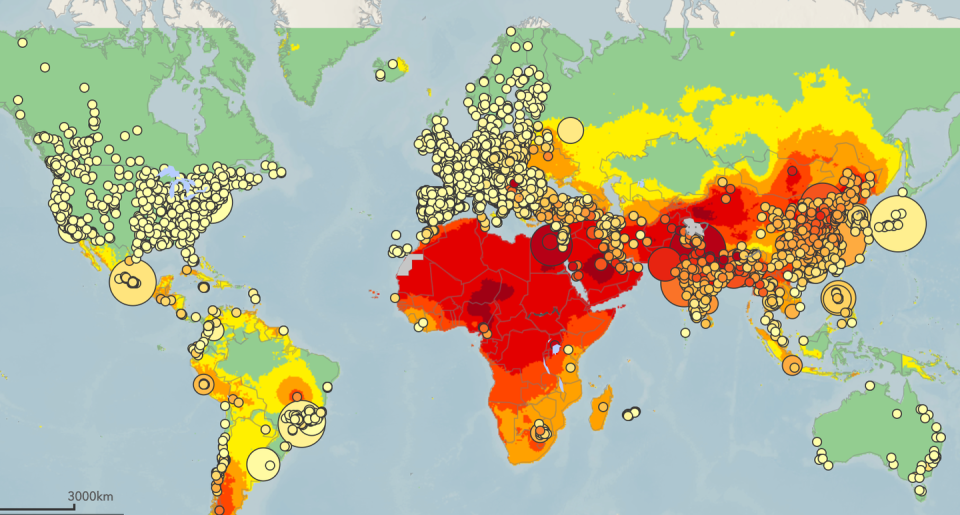Air Pollution Is Bad Enough That Dyson Had to Patent Air-Purifying Headphones

A filing with the United Kingdom's Intellectual Property Office shows that Dyson has just been granted a patent for a pair of headphones that also purify the air around you.
It appears that the headphones are meant for use in cities where air pollution is a rampant issue.
In some Asian countries, air purifiers are already being worn around the neck, though it's not yet common.
Dyson, a company mostly known for its line of vacuum cleaners, looks to be pursuing an entirely new kind of consumer good: air-purifying headphones. Last week, the United Kingdom's Intellectual Property Office granted the English company a patent for "a wearable air purifier."
It's good timing for an air purifier that could create your own little bubble of clean air around your face, like an invisible shield from microscopic dirt, debris, and pathogens—and the patent even says as much. In the midst of the Wuhan coronavirus global health emergency, pharmacies in Asia are completely sold out of the face masks that are meant to help prevent the spread of viruses, and people are in dire need of alternatives.
"In locations with particularly high levels of air pollution, many individuals have recognised the benefits of minimising their exposure to these pollutants and have therefore taken to wearing face masks with the aim of filtering out at least a portion of the pollutants present in the air before it reaches the mouth and nose," the inventors write in the invention summary. "However, as these face masks typically cover at least the user's mouth and nose, they can make normal breathing more laborious."
Enter air-purifying headphones. Here's how the patent says they will work: Each of the ear cups contain a small motor connected to propellers. As they spin at about 12,000 rotations per minute, they draw in approximately 1.4 liters of air per second. Next, the air travels through a filter that removes particles like dust and bacteria. Then, the clean air is pushed into two sides of a mouthpiece, meeting in the middle, where an air vent feeds oxygen directly into the mouth.

Sure, the concept might seem strange at first, but given a recent air quality report from the World Health Organization (WHO), the need for more on-the-go air purifying options becomes clear. The WHO cites outdoor air pollution as the cause for an estimated 3.8 million premature deaths across the globe every year. While most of those deaths are attributed to heart disease or stroke, 20 percent are due to respiratory illnesses or cancer related to exposure to fine particulate matter, the most harmful air pollution to human health.

By the WHO's estimates, just 20 percent of the 4,300-plus cities it surveyed have fine particulate matter levels that comply with the agency's guideline levels. India and China have particularly bad air quality, with each country showing high amounts of particulate matter per cubic meter of air, as shown above.
While these headphones probably won't be on Amazon next week, it's never too soon to check the air quality in your region to see if you should be taking precautions, like abstaining from outdoor activity or wearing a mask. You can use the WHO's interactive global ambient air pollution map to see how much particulate matter is polluting the air in your hometown.
We won't be holding our breath for those headphones, but in the meantime you can buy whatever the heck this thing is:
You Might Also Like

